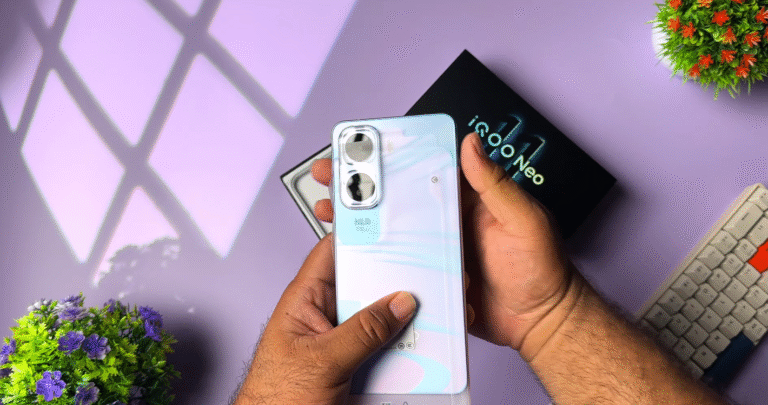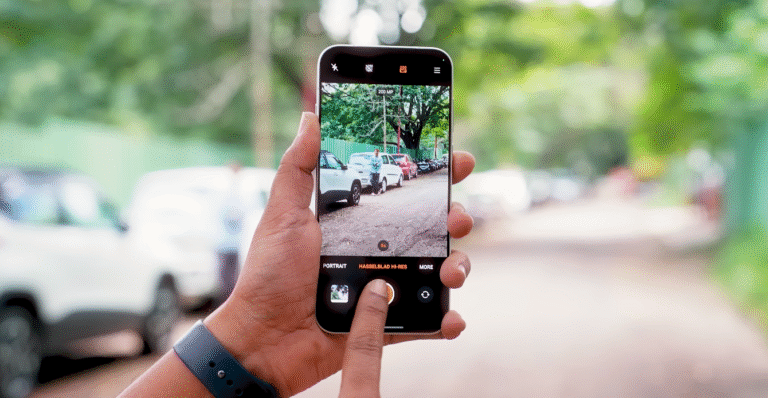POCO F8 Pro vs Google Pixel 9a: narrow budget vs near bottom-tier flagship
Matching Specs, Software and Value for Two Smart Phone Strategies
When comparing the POCO F8 Pro and the Google Pixel 9a, we’re essentially looking at two very different approaches in modern smartphones: one focused on cutting-edge hardware for the money, the other focused on software experience and camera consistency at a more modest premium. Across UK and India markets, the right choice depends on which priorities matter more: raw spec performance or polished experience.
The POCO F8 Pro aims to deliver flagship-class hardware — a top-tier chipset, high refresh rate display, fast charging and large battery — but at a price significantly lower than full-priced flagship models. If all of the leaked specs hold true (for example a Snapdragon 8-Elite chip, up to 144Hz display and strong battery/charging), then it offers a compelling “value flagship” proposition, especially in price-sensitive markets like India or the UK where every rupee or pound counts.
The Google Pixel 9a, on the other hand, takes the “premium-budget” route. It may not beat the absolute top specs, but it excels in software support, camera tuning and long-term reliability. Google’s ecosystem, regular updates and image processing expertise mean you’ll likely get a smooth experience with fewer compromises — especially if you care more about photography, software updates and ease of use rather than chasing the highest benchmark scores.
When it comes to performance metrics, the POCO has the edge if you prioritise speed, multitasking, gaming performance and high refresh rate visuals. That said, if your usage is less extreme — everyday apps, social media, photography, browsing — the Pixel 9a’s hardware may already be more than adequate, and you’ll benefit from its software and camera pedigree.
Camera performance is where the separation is meaningful. For many users who don’t tweak settings or use advanced camera apps, the Pixel 9a likely gives more consistent “good” results out of the box, particularly in tricky light or when speed of capture matters. The POCO F8 Pro may offer higher resolution sensors and more flexibility, but whether it matches the Pixel’s tuning in real-world scenarios will depend on post‐launch tests.
From a value perspective, if the POCO F8 Pro holds its estimated pricing (in India or UK) it gives more hardware for the money. However, value is not just raw specs — it’s also about how well that hardware lives up over time, how good the support ecosystem is and how comfortable you are with any software quirks or trade-offs. The Pixel 9a brings less “wow” in spec-sheet terms but more “trusted experience” which can be a big deal in long-term ownership.
Considering your location (Indore, India) and likely choices around price and availability: if budget is tight and you want a strong all-rounder with less risk, the Pixel 9a is a safe bet. If you are willing to wait, want higher performance and are comfortable with a newer brand/value-oriented model, the POCO F8 Pro is likely the smarter value play.
Also Read: UK business users keen on iQOO Neo 11’s massive battery and productivity features






